9 /10 1 Votes9
4.5/5 GamesNostalgia Cabinet Upright Series R-Type | 4.5/5 Google Play Distributor(s) NA: Tonka Initial release date 1987 Genre Shoot 'em up | |||||||||||||||||||||||||||||||||
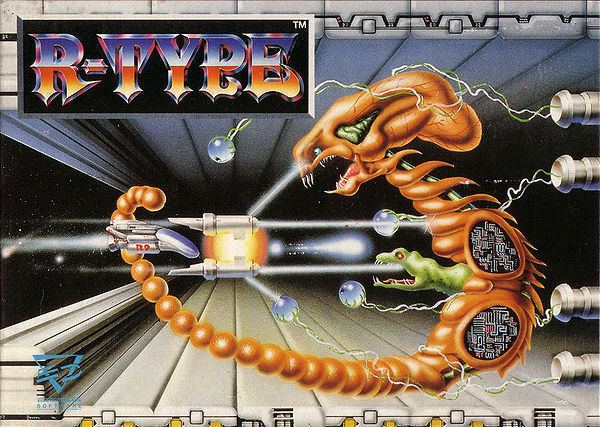 | ||||||||||||||||||||||||||||||||||
Mode(s) Single-player, multiplayer Display Raster, standard resolution (Used: 384 x 256)horizontal orientation Similar R-Type games, Irem games, Shoot 'em up games | ||||||||||||||||||||||||||||||||||
Arcade longplay r type
R-Type is a side scrolling shoot-em-up arcade game produced by Irem in 1987. The player controls a space fighter named the R-9 to defend humanity against a mysterious powerful alien life-form known as the "Bydo". The game is notable for programming which was ambitious for the time, with a wide range of both power-ups and enemies, as well as levels of varying design and length, and sprites larger than a single screen.
Contents
- Arcade longplay r type
- John gets an r type arcade game nintendo irem 1987 how to drill a coin door lock
- Gameplay
- Critical response
- Ports
- Sequels and legacy
- Adaptations
- References
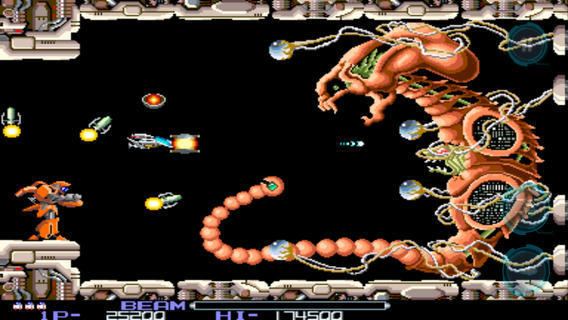
John gets an r type arcade game nintendo irem 1987 how to drill a coin door lock
Gameplay
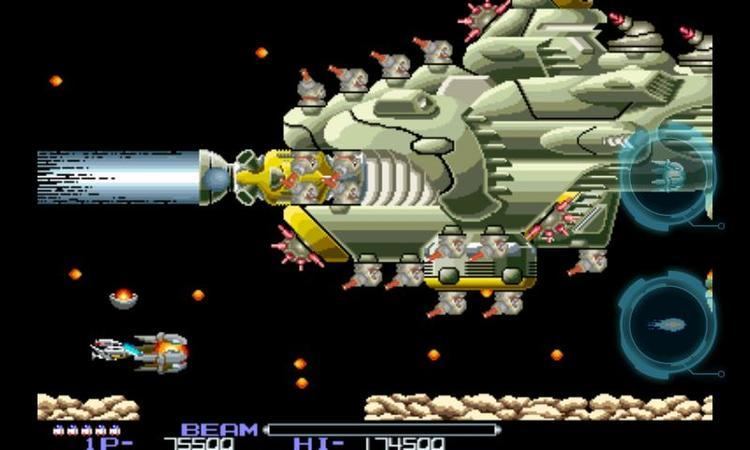
R-Type is set in the middle of 22nd century, and the player flies a futuristic fighter craft called the R-9a "Arrowhead" with a mission to destroy the evil Bydo Empire. The game is composed of several sequential levels, with a boss enemy at the end of each. The player controls a small spacecraft and must navigate terrain and fight enemies using the various ship weapons. The player's spacecraft has, by default, a weak but rapid-firing main gun; and a more powerful gun called a wave cannon, which requires the player to hold their fire to build up power for the cannon. When released, this fires a concentrated bolt of energy which can do more damage to larger enemies, and can pass through entire waves of weaker 'single hit' enemies.
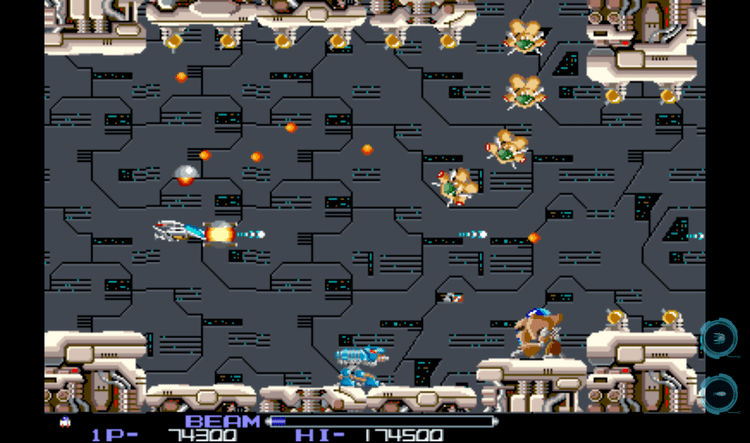
During the game, the player can obtain an auxiliary device called a Force. This resembles a glowing orange ball. The Force can be attached to the front or back of the player's spacecraft, or detached to fly freely. When attached, the Force provides one of three different powerful weapons, in addition to the main gun and the wave cannon. When detached, these weapons cannot be used, but the Force will instead resort to a secondary set of guns, which can be fired by the player even if the Force is at a distance from the spacecraft. The Force has a secondary use as a shield; it is completely indestructible and can block most things fired at it, as well as damage or destroy enemies on contact. It can also be used as a ram, either by attaching it to the spacecraft and running into enemies, or by launching it into enemies.
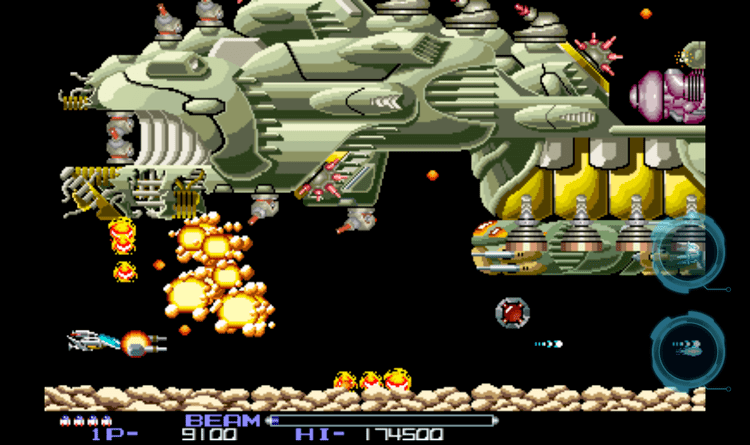
The R- in the series title originally stood for "ray", as in a ray of light, in reference to the many different types of ray-like weapons in the first R-Type. This was later retconned in R-Type Final to refer specifically to the production code as well as a term of endearment for the player fighter craft, the "Round Canopy". Another theory suggests that "R-Type" refers to Bydo as r-strategists in r/K selection theory.
Critical response
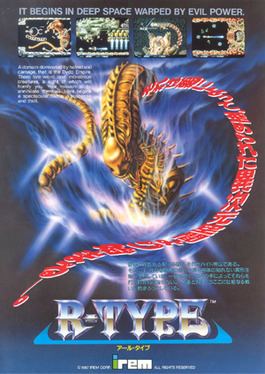
The original R-Type was well received by most gaming critics. However, it was also infamous for its relentless difficulty. The gameplay of R-Type is noticeably distinct among shoot 'em ups. Invariably the player will lose, not because of an inequality in firepower, but because of the design of the levels themselves. There is usually a 'correct' way to get through a level, but players must learn these by experience - i.e. by losing and restarting from earlier in the level. The game innovated with its weapon system compared to contemporary shooters, featuring a chargeable shot ("beam-meter"), and detachable 'force' pod; levels were designed to require different tactics and ideal weapons (air-to-air, diagonal bouncing lasers, or air-to-ground laser).
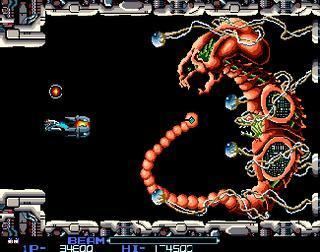
The ZX Spectrum version of R-Type was awarded 9/10 in the January 1989 issue of Your Sinclair and was placed at number 6 in the Your Sinclair official top 100. The Games Machine praised the "incredible use of colour" and that it "blows away almost every other shoot'em up on the Spectrum". Crash congratulated Electric Dreams for "retaining the frenetic arcade feel and producing such a brilliant game". Sinclair User praised the weapons system and difficulty curve. C+VG concluded their review by saying "an excellent shoot'em up that's both challenging and addictive. An absolute must for Spectrum blasting fanatics". R-Type was placed number 1 in RGTV's YouTube video "Top 5 Shoot 'em ups on the ZX spectrum".
A successful 1991 port to the Master System was immediately recognized as one of the best games available in the Sega library. A Mean Machines magazine review praised in particular the graphics and the high quality of the challenge offered by the game, awarding it an overall rating of 92%.
A 1995 article in Next Generation stated that the "PC Engine conversion of Irem's arcade smash R-Type is still regarded as the system's definitive contribution to the shoot 'em up genre."
The game was runner-up in the category of Best Coin-Op Conversion of the Year at the Golden Joystick Awards, behind Operation Wolf.
Ports
A fairly accurate port of R-Type was released for the PC Engine and TurboGrafx 16 consoles, although both versions suffered from a slightly lower resolution, reduced colour palette, sprite flickering and slow down. Due to the slightly reduced resolution, the playfield also scrolls slightly in the vertical axis whenever the player's ship approaches the top or bottom of the screen. The Japanese release for the PC Engine was split across two game cards (HuCards) titled R-Type I (アール・タイプI, Āru Taipu Wan) and R-Type II (アール・タイプII, Āru Taipu Tsū) and the later North American release for the TurboGrafx-16 contained the entire game on a single card. The PC Engine version of R-Type is notable for having a boss at the end of Stage 6, rather than a prolonged wave of enemies as in all other versions.
An R-Type port was produced in China as an unlicensed Famicom cartridge by "Magic Series Corp" under the name Magic Dragon. The level design and music are the same as the original game, but the graphics have been largely redone from scratch (for example, the R-9 more closely resembles a fighter jet, and the first enemies encountered have been changed to birds.)
The Xbox Live Arcade game R-Type Dimensions was released on February 4, 2009. It is a port of the original R-Type and the sequel R-Type II. It can be played either with the original 2D graphics or with new 3D graphics, and has added co-op gameplay functionality. Analogous version for PS3 has been released in May, 2014 under the name "R-Type Dimensions".
The PC Engine version of R-Type was one of the first games confirmed for Nintendo's Virtual Console. The Japanese release is split between two downloads while the North American and European versions include all eight levels, mirroring the original release formats for each region respectively. A Sega Master System version became available for Japan on May 19, 2009, for North America on November 2, 2009 and for Europe on September 25, 2009; however, due to licensing issues, this version was delisted on September 30, 2011 in North America and Europe and October 18, 2011 in Japan.
In 2010, DotEmu developed an iOS port of R-Type, published by Electronic Arts, released also for Android in September 2011.
Sequels and legacy
Irem has developed a number of sequels and related games, including R-Type II and Armed Police Unit Gallop. Their XMultiply, although not part of the series, has similar themes and gameplay, and was released around the same time as R-Type II. However, before any of these games was Katakis, a 1988 clone produced by Factor 5 for the Commodore 64 and the Amiga. It was considered by many C-64 players to be technically better than that computer's R-Type port, due to the C-64 version of R-Type being a rushed production. Katakis featured a rather unusual two-player mode, where the second player controlled the Force, creating a dual-role challenge - one of assault and one of protecting the vulnerable main ship. Due to legal challenges from Irem, the clone was soon remade and rereleased in 1989 as Denaris.
In 1991, Konami released Xexex, a game heavily influenced by R-Type and XMultiply. The game used similar weapons and concepts, such as the "Flint" being a combination of R-Type Force and X Multiply tentacle equipment. The Flintlock's ship design is very similar to that of R-Type's R-9 fighter.
Other games similar to R-Type are Rezon, released by Allumer in 1991, and Technosoft's 1992 title Thunder Force IV for the Sega Mega Drive.
